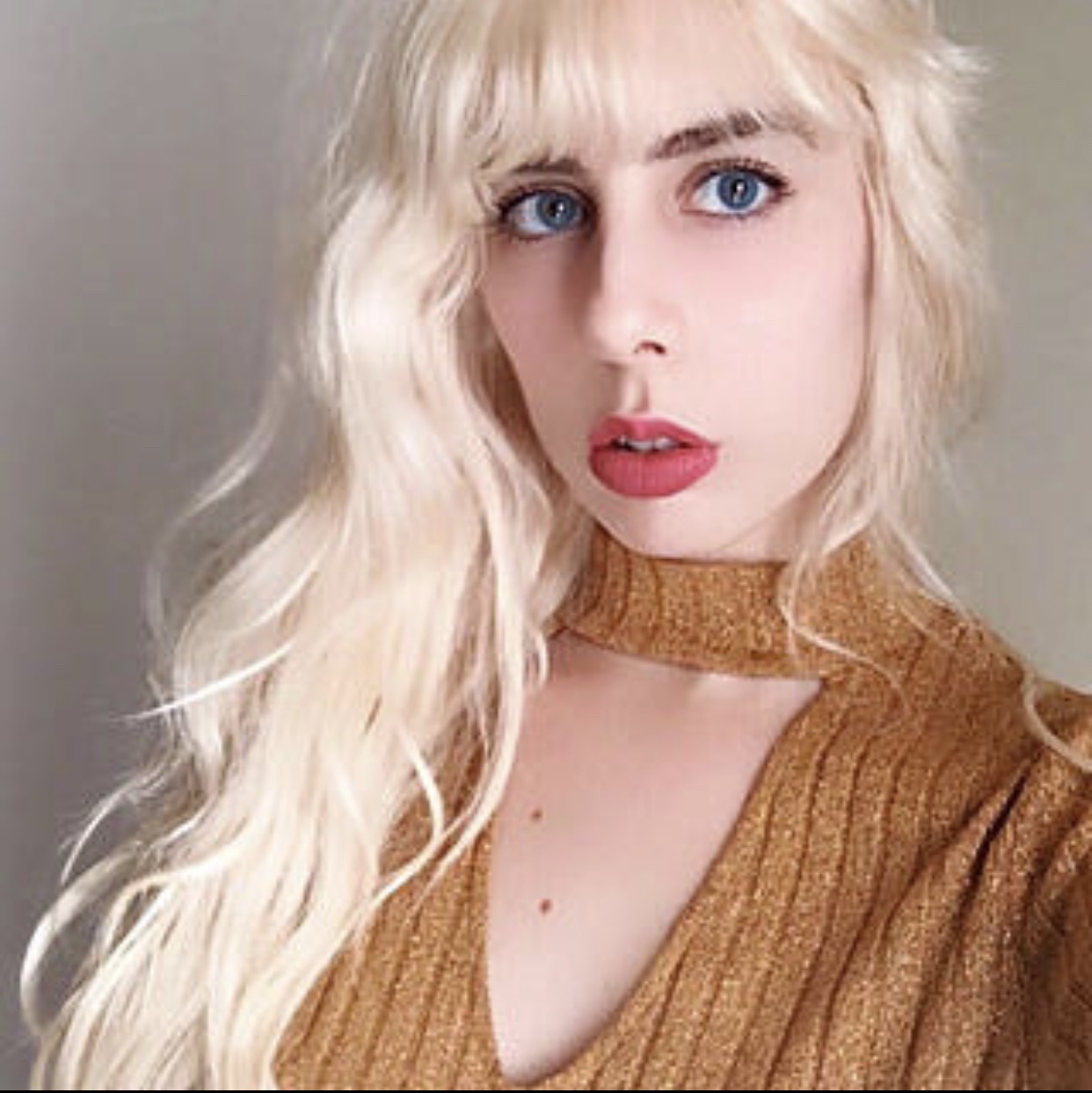
The seeds of violence are sown in silence, in emptiness, in absence. You don’t see them grow - by the time you notice, it’s already too late.
In recent weeks - and especially following last night’s U.S. strike on Iran - the world has awakened with a clenched heart. The risk of escalation is real. Geopolitical fragility now has fluid borders, and war - the real kind - seems to be forcefully knocking again at Europe’s doors. But while we focus on military fronts, missiles, and strategies, we often forget the other battlefield: quieter, subtler, yet just as dangerous - the battlefield of radicalization.
Every war fought “outside” risks awakening smaller wars “within,” in countries that may seem distant but are psychologically exposed. And this is not only a matter of geopolitics, but of narratives, identities, and belonging.
To radicalize doesn’t simply mean “to become an extremist.” It’s often a slow, sticky process, made of wounded identities, ignored loneliness, failures interpreted as injustices. In shadowed homes, in living rooms where silence reigns, in fragmented families - that’s often where the void begins to spread.
But another place where radicalization silently grows is even closer to us: the internet.
Here, extremism goes viral. Some of the main jihadist networks (but also neo-fascist, white supremacist, and others) operate with surprising digital sophistication: videos edited with epic music, engaging storytelling, accounts that appear innocuous. The language is youthful, familiar. Today, radicalization comes with Instagram filters and hashtags.
And worse, algorithms help. Someone starting with a search for religious content can end up, within a few clicks, watching glorifications of martyrdom or conspiracy theories about the “corrupt” West. A single encrypted link on Telegram is enough to cross the line.
In countries affected by attacks - France, Belgium, the UK - de-radicalization centers have emerged, with mixed results. Some have failed, becoming little more than supervised dormitories. Others, however, have turned into human laboratories, where former extremists share their stories of downfall and redemption - testimonies that have a greater impact than a thousand sermons.
At the supranational level, the European Union has implemented important tools to prevent radicalization and counter terrorist propaganda online. Since 2022, a regulation has been in force requiring the removal of terrorist content from digital hosting services - including livestreams - within one hour. Moreover, the EU has established specific units, such as Europol’s Internet Referral Unit, to monitor extremist content and support Member States. Awareness networks are active across the continent, engaging thousands of frontline actors - from prison staff to teachers - to share best practices and identify the vulnerabilities that make individuals susceptible to radicalism. The EU Internet Forum also works to track how extremism evolves in the digital sphere. Because terrorism doesn’t only arise in the deserts of the Middle East - it often grows in the empty spaces of our digital democracies.
Defusing extremism means offering alternative narratives. It means educating people to embrace ambiguity, complexity, and the beauty of nuance. It means learning, as a society, to listen to fractured identities before they become political wounds. Because those who fall into hatred are not always monsters. Often, they’re someone’s child, a former classmate, a young person who found no other place to belong.
Our task - as artists, intellectuals, citizens - is to cultivate a form of resistance made of thought, poetry, hospitality, and imagination. But creating beauty is no longer enough: we also need presence, responsibility, and vision. We must get our hands dirty, inhabit educational spaces, engage in public debate, and hold our parliamentarians and political representatives accountable.
In an age where everything screams for vengeance, we need voices capable of disarming hatred - not fueling it.
To explore further:
—
Bianca curates and writes for The Olive Press, a space for reflections on cinema, culture, and landscape born within Il Giardino di Cristina.
—
All images featured in this article are the property of their respective copyright holders. They are used here for informational and editorial purposes only, in the context of cultural commentary and non-commercial promotion. No copyright infringement is intended.










